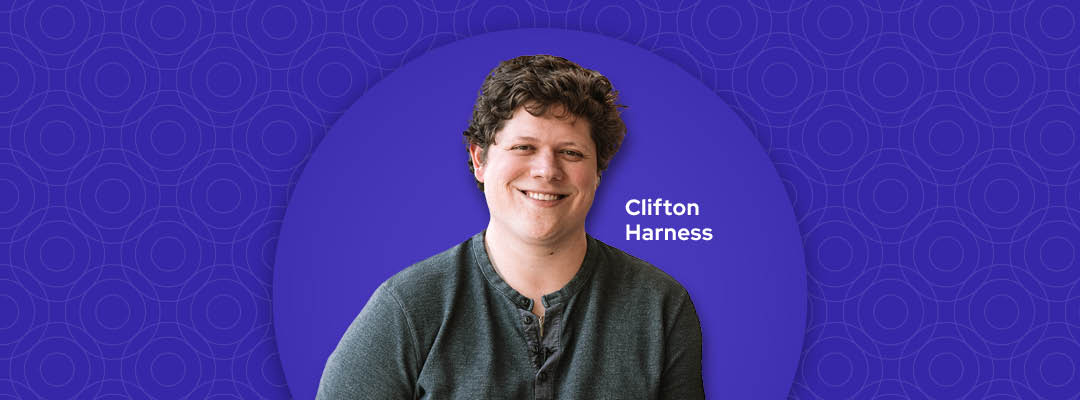Competition among developers pursuing shopping center acquisitions requires speed. Assessing the viability of a project and adjusting the overall design to make it more conceivable for the site shouldn’t take days or weeks, the creators of TestFit say, but rather an hour or so. The software helps developers assess profit margins, expenses and costs of a potential development; determine risks; and gauge opportunity. And it just received $20 million in Series A financing from Parkway Venture Capital, bringing financing to $22 million to date, according to co-founder and CEO Clifton Harness.
The tool doesn’t simply generate, say, 100 options for a development design. Nor does the software user sculpt a building based only on their own intuition. Rather, a mix of user input and artificial intelligence creates a buildable design in real time. That approach, TestFit says, shortens the developer’s process for deciding whether to make an offer on a site. Contributing editor Paul Bergeron spoke with Harness.

Tell us a bit more about how TestFit improves the traditional pre-planning process?
Our AI-powered real estate feasibility software’s algorithms and co-creation tools help users rapidly solve site plans for smart commodity buildings, including retail, multifamily, mixed-use, industrial, single-family homes and garden apartments. It produces dynamic, digital 3D blueprints of buildings in seconds. TestFit then enables its users to change their unit mixes, road layouts and parking configurations on the fly for instant deal iteration. TestFit accelerates the traditional test-fitting process for a site, which before took weeks to complete. Because it can generate a viable approach so quickly … teams often develop more options and extract that final 20% of efficiency that can make a project viable. TestFit is an accelerant to de-risk their development decisions. This helps them to win deals or kill deals faster.
How did the product come to be?
Whether it’s buildings or new companies, I love to build. After graduating from University of Texas at Austin with a bachelor’s in architecture, I joined a real estate development company. After hours, I started working with my college roommate, Ryan Griege, to innovate deal-decision processes. I couldn’t believe that counting units and parking stalls was an actual part of my job as an architect, so we set out to create a better tool for feasibility. This work grew into TestFit.
Who on the design team does TestFit benefit?
TestFit’s most common application is in [mixed]-use development projects. TestFit is used by a variety of team players on the design team; the primary beneficiaries are those who are closest to making the financial decisions to move forward on projects. It is sold via subscriptions to TestFit based on named users.
How does TestFit differ from other software that aim to serve the same purposes?
Some tools will help determine the external massing of a design option on a site. Others will calculate the pro forma [key performance indicators] to evaluate the financial viability of a design approach, while others will help communicate the internal layout of a given design approach. TestFit does all three at once … enabling instantaneous control of feasibility studies and pro forma plans.
“I couldn’t believe that counting units and parking stalls was an actual part of my job as an architect.”
Walk us through the process.
1. Select site. 2. Choose the desired shopping center configurator. Shopping centers, for example, are typically done with TestFit’s massing tools. Developers “mass out” the different retail areas with a parking ratio per square foot. The combination of the retail space and the required parking helps the developer find the right site plan to meet the demand for the project. 3. Iterate the design through detailed AI control. 4. Communicate the results via reports and downstream tool outputs, such as SketchUp, AutoCAD, Revit. TestFit uses mapping and 3D building context from Mapbox. It provides site boundaries from Regrid. It has integrations with Enscape for visualization, Cove.tool for energy use intensity and Thornton Tomasetti's Asterisk for structural beam placement. It produces PDFs, CSVs, DWGs, SKPs and RVTs via add-in.